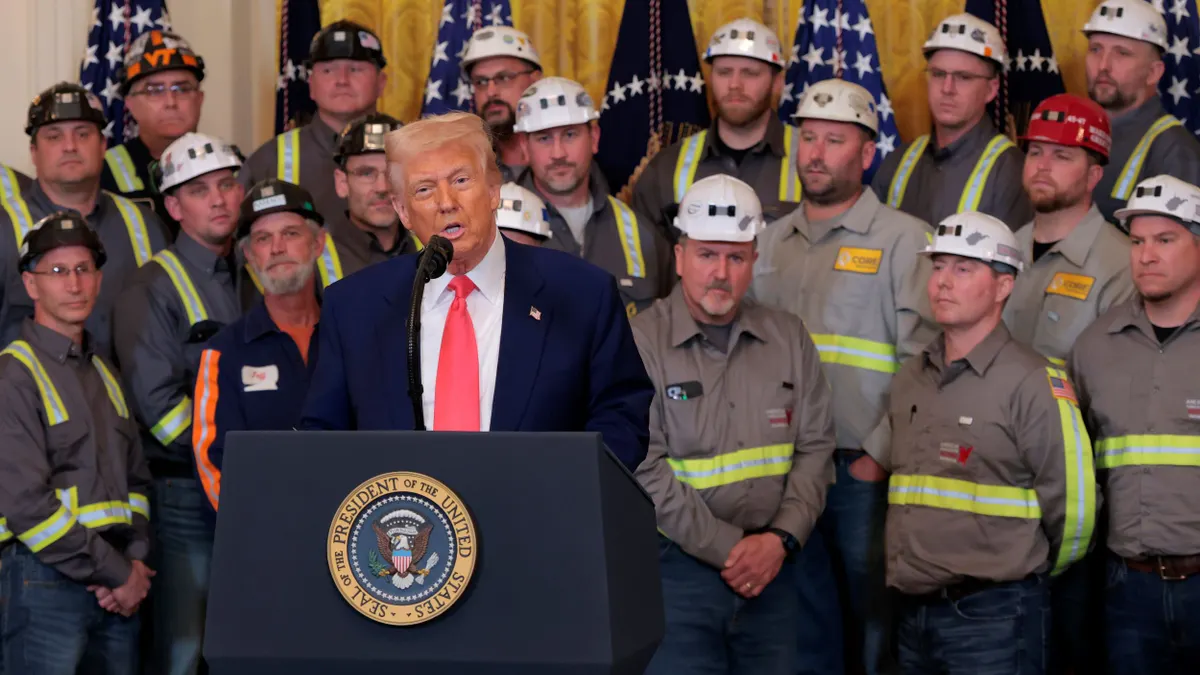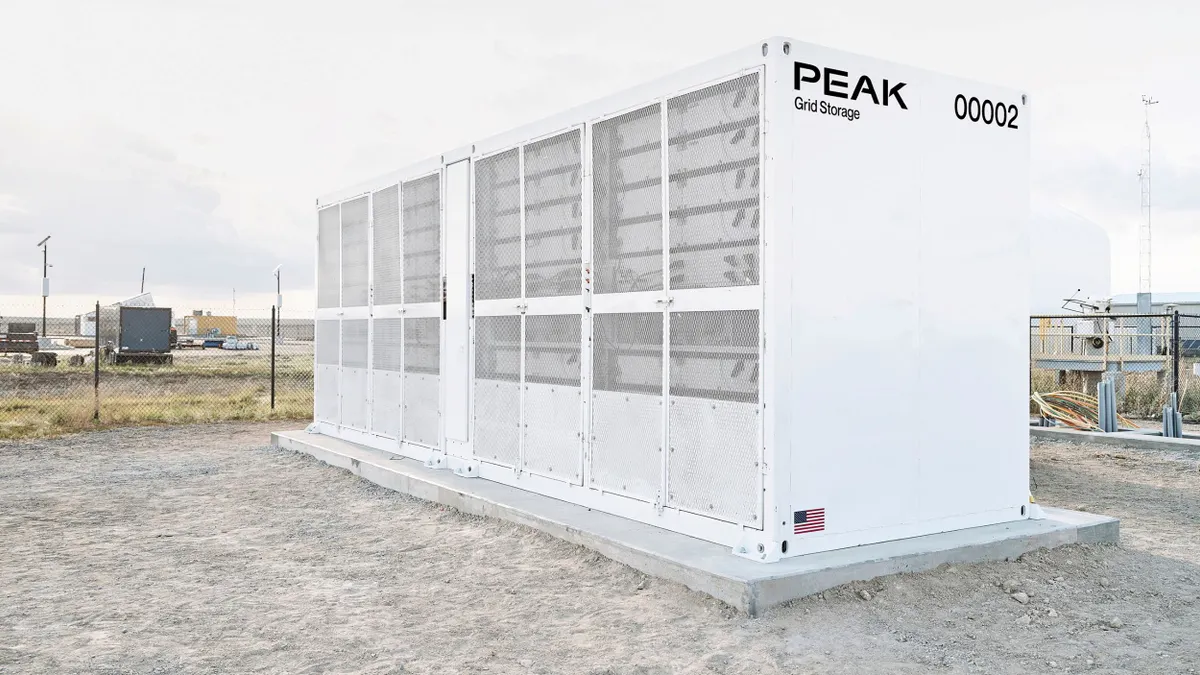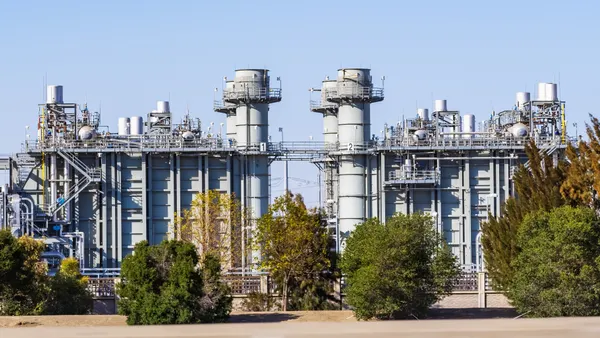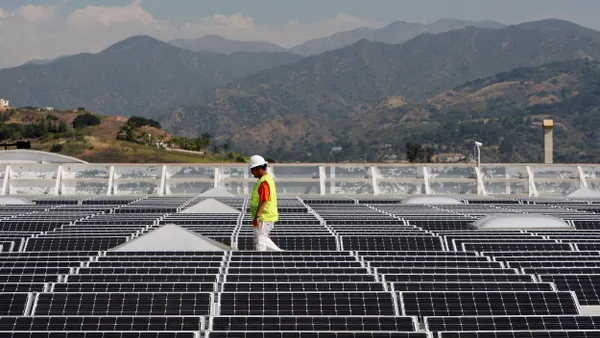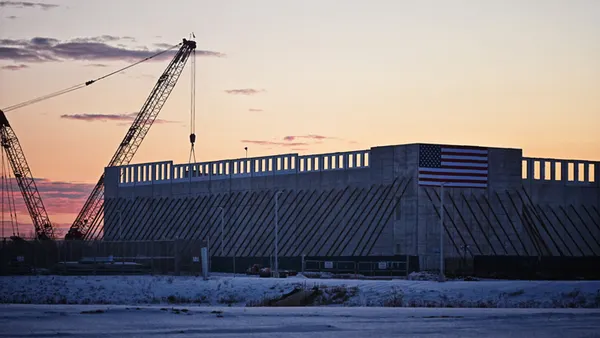Dive Brief:
- Rising electricity demand and a slowdown in the buildout of alternative sources of power generation could extend the use of coal globally and displace 2,100 GW of gas and renewables by 2050, Wood Mackenzie said in a report earlier this month.
- Under a high demand scenario, coal-fired power generation could peak in 2030, four years later than the analysis’ “base case” forecast.
- The economics and politics of coal are strongest in Asia. In the United States, coal is more expensive than gas or solar and storage, but the cost of building new gas power plants has nearly doubled and long-duration energy storage technology is not yet mature enough to convert solar and wind into true “baseload” resources, the report said.
Dive Insight:
In Asia, national security concerns and economics favor coal for now, said Anthony Knutson, global head of thermal coal markets at Wood Mackenzie, although when it comes to just levelized cost, hybrid solar and storage remain cheaper than coal or gas.
“While the long-term trajectory towards renewables remains intact, the path is proving far more complex than many anticipated as countries grapple with energy security and affordability concerns,” Knutson said in a statement.
Wood Mackenzie expects the levelized cost of unabated coal-fired power in the Asia and Pacific region to remain below $100/MWh in 2030, lower than the expected levelized cost of gas-fired power there.
Coal-fueled power in the United States will cost about $230/MWh in the United States and about $270/MWh in Europe in 2030, according to the report. By then, gas-fired power will cost about $100/MWh in the United States and about $150/MWh in Europe, it said.
Hybrid solar and storage will undercut coal and gas in all three regions, coming in around $60/MWh in Asia, $70/MWh in Europe and $80/MWh in the United States.
Though the economics of gas-fired generation are more favorable in the U.S. than in Asian and European countries that rely on liquefied natural gas imports, its ability to match surging AI load growth forecasts is limited, the report said. While long-duration energy storage technology has advanced significantly in recent years, it cannot provide baseload power yet, it said.
It’s also becoming more expensive to replace aging coal plants with gas and renewables, causing “sticker shock” for power producers looking to make the switch, the report said. It blamed tariffs, reshoring of production and infrastructure delays for pushing up the cost of new solar while noting a near-doubling of U.S. costs for new gas power plant builds.
Higher replacement costs and rising capacity market prices are increasing the value of existing coal assets, WoodMac said. Capacity prices rose nearly tenfold across parts of the PJM Interconnection last year, leading the grid operator to set a capacity price “collar” for its next two auctions.
In the report’s “high coal demand case,” thermal coal use plateaus and then falls slowly toward 2050, remaining 32% higher on average. The base case sees thermal coal use peaking next year and falling steadily through 2030.
Combined with a corresponding slowdown in additions of cleaner power generating capacity and without “significant investment in carbon capture and storage capacity,” carbon emissions from unabated coal could rise by 2 billion tonnes, according to the report.
WoodMac said that could further threaten international efforts to limit warming to 2°C or less, which renowned U.S. climate scientist James Hansen called “dead” earlier this year. Hansen first warned of the dangers of human-caused climate change in a 1988 Congressional hearing that environmentalists credit with raising public awareness of the issue.
The analysis is not a forecast but “a warning of what inaction could bring,” Wood Mackenzie Director of Energy Transition Practice David Brown said in a statement.
“Without urgent actions, the world faces a growing risk of drifting towards a 3°C pathway,” Brown said. “Our high coal demand case is … a reminder of what can still be prevented.”
It’s unclear how durable coal demand will prove if near-term demand pushes up prices and Western financial institutions remain reluctant to finance new mining projects, WoodMac said. Sovereign wealth funds and private equity groups would need to step up to cover the investment shortfall, it added.
And the global coal fleet’s long-term viability likely rests on asset owners’ willingness to invest in plant upgrades that improve load-following capabilities and overall efficiency; retrofits that allow co-firing with alternative fuels like hydrogen and ammonia; and bolt-on carbon capture infrastructure, WoodMac said.
China has retrofitted about 15% of its coal fleet to improve load-following, but the technology remains nascent elsewhere, according to WoodMac. So does co-firing, despite keen interest in South Korea and Japan. Carbon capture, utilization and storage — which WoodMac calls the “holy grail” of coal relevance — also remains in its infancy, with just one operational U.S. project in Texas and questions dogging the future of a much larger proposal in North Dakota following the lead contractor’s exit last year.


